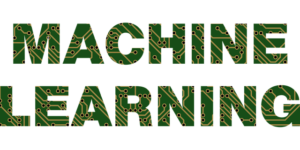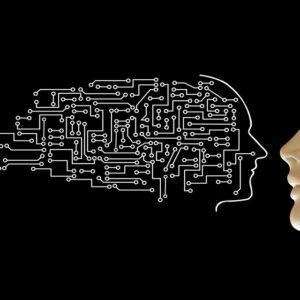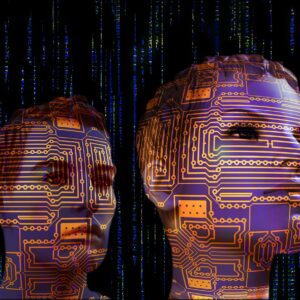AI is a broad term that can be used to describe many different types of technology. Whether you’re talking about self-driving cars or Apple’s Siri virtual assistant, artificial intelligence is all around us—but what exactly is it?
AI is any technology that uses algorithms to make decisions. The reason this definition works so well is because it includes pretty much everything: from speech recognition software used in automated phone systems to military drones programmed with advanced machine learning techniques.
So what exactly does this mean for us? Well, it means AI could potentially be used in almost every industry where computers are currently being used—and as such we can expect its presence (and importance) in our lives will only continue to grow over time!

What Is the Turing Test?
The Turing test was proposed by British mathematician and computer scientist Alan Turing in 1950. It’s a test for determining whether a computer is capable of thinking, which is to say that it can pass as a human being in an exchange of text messages with another human (the tester). If the tester cannot tell the difference between the other side of the conversation, who they believe to be another person, and their side of the conversation where they are typing with an artificial intelligence machine, then that AI passes. This test has been used as evidence for or against many AIs—it’s notoriously difficult to get right because most AI programs aren’t designed specifically for this purpose.
Can Machines Learn Like Humans?
You may have heard that machines can’t learn like humans, or that they don’t have the same kind of intelligence as people do. This isn’t true.
The key difference is that machines store data and make conclusions based on it, while humans learn from experience by interacting with their environment in a variety of ways. Machine learning algorithms are designed to do exactly this: take information from a set of training examples and use it to make decisions in new situations—even if those situations haven’t been seen before!

When Did AI Begin and Who Invented It?
The history of AI is a long and winding road. Some of the key players in this field include Alan Turing, John von Neumann, and Claude Shannon. In the 1950s, some of these pioneers began to suggest that machines could be programmed to think like humans and even make decisions based on their own judgments. They believed that computers could eventually be used as intelligent agents (a term first coined by Robert Epstein in 1965).
This idea gained traction at a 1956 Dartmouth Conference on “Artificial Intelligence” where attendees debated what it would mean for machines to exhibit human-like qualities such as self-awareness or consciousness. One year later at another conference held at Dartmouth College called “The Future of Automatic Calculating Machines”, the field was officially named “artificial intelligence”. The next year saw publication of two seminal books: “Computing Machinery And Intelligence” by Turing and “Perceptrons” by Minsky and Papert (both published in 1960).
As early as 1958 MIT professor Arthur Samuel wrote a checkers program that was able to beat people playing against it—and then updated it three years later so that it could play tic-tac-toe as well! But perhaps most impressively was when he created SHRDLU—a program designed for playing with blocks using words instead of numbers—in 1969 (the same year Neil Armstrong walked on the moon!).

How Close Are We to Creating a Superintelligent Machine?
As you can see, there are a lot of questions to be answered before we can create AI that is safe, ethical and reliable. While there are promising developments in all three areas, it’s still too early to know if they will lead us closer to creating superintelligent machines – or whether other concerns will arise instead.





